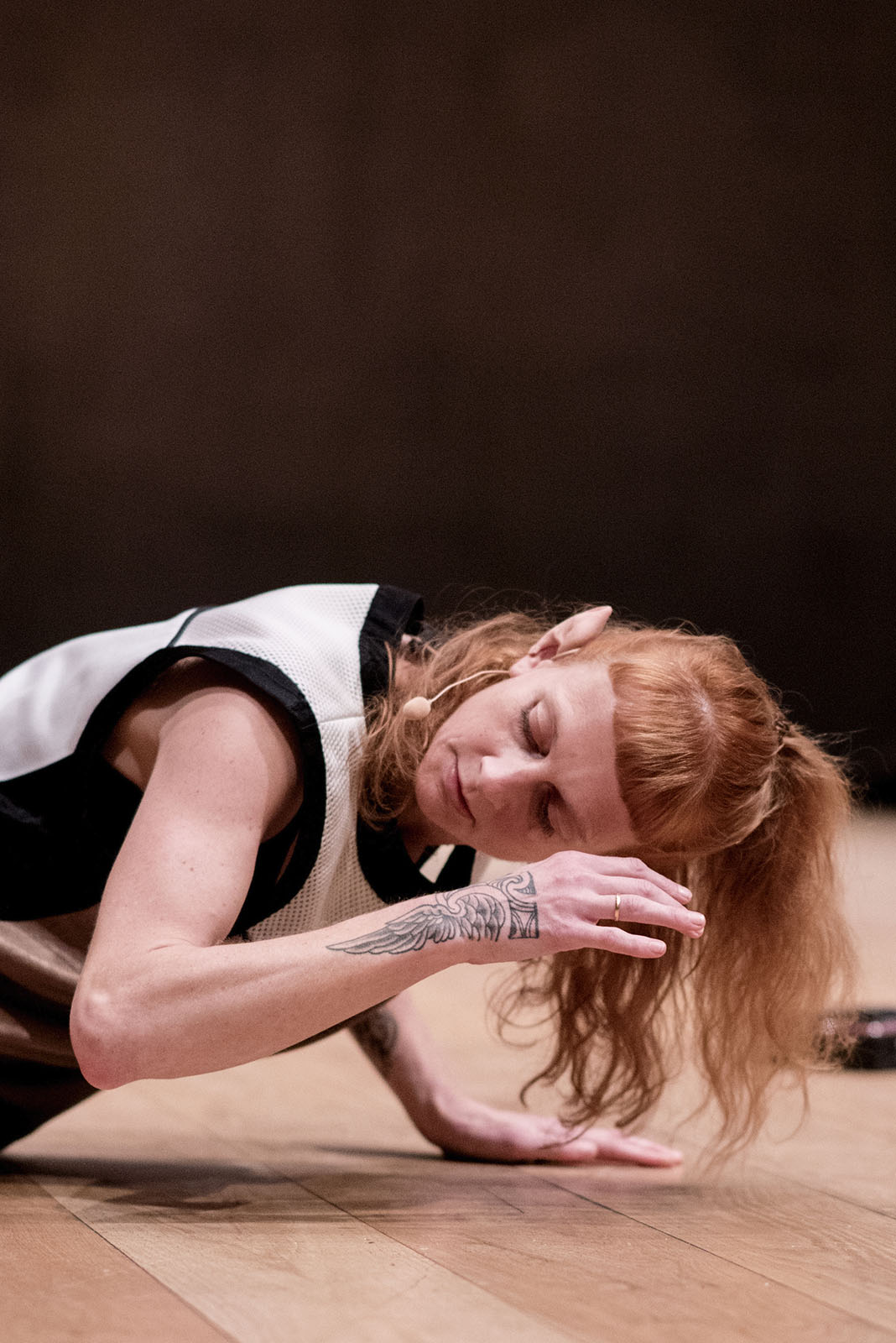Seismography

What if it’s about becoming available to be a seismograph,
taking a reading of what’s here and noticing what comes up?
(Sperling 2017-2021, 20/2/19)
Aby Warburg used the metaphor of the “seismograph” to describe how he understood his own practice as an art historian, in ways that resonate with the choreographic approach of this research.
Warburg wrote: ‘When I look back on my life’s journey, it seems that my function has been to serve as a seismograph . . . to be placed along the dividing lines between different cultural atmospheres and systems’ (Warburg 1927 in Michaud 2004, p.332). To conceive of a person as a seismograph is to understand them to be engaged in generating knowing by taking a felt reading of their unfolding affective environment. In Warburg’s case, this involved reading relations between images of human movement that connected and evoked different times and places, while in the choreographic approaches practiced in this research, the emphasis is on an embodied reading that is sensitized to one’s immediate experience of movement and the environment within which it unfolds.
For example, such an engagement in noticing, sensing and intuiting activates the choreographic material back-and-forthing: the rhythmic yet changeable rocking motion that became the nucleus of the choreographic score of No-How Generator.
READ MORE in Section 4 of my written thesis, Back-and-forthing: a granular exegesis of a choreographic material